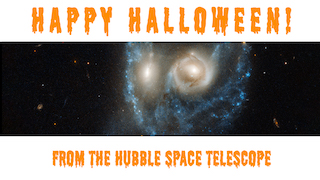Planets and Moons
ID: 11060
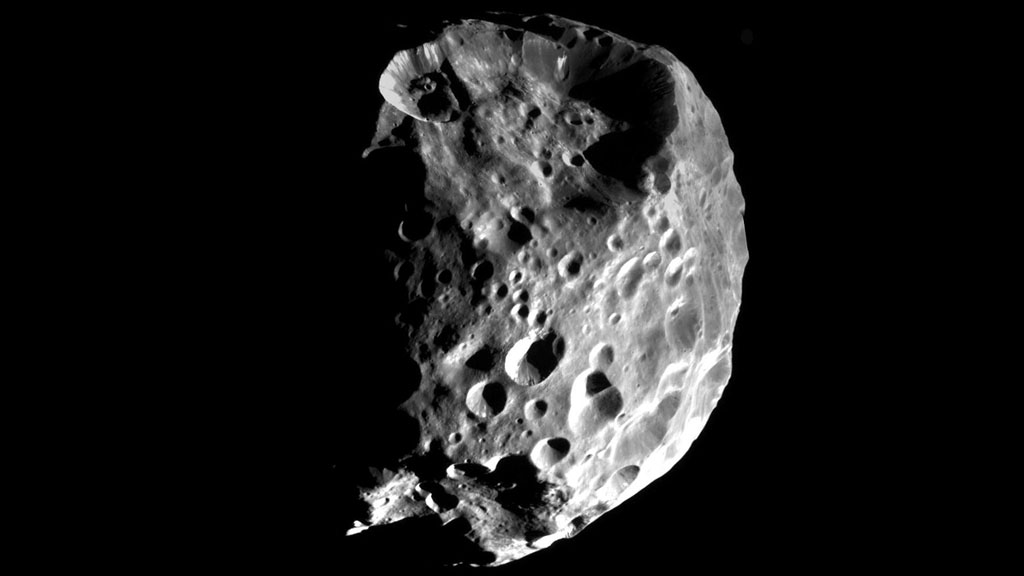
Like the storybook character Peter Pan, Saturn's moon Phoebe may have a serious case of arrested development. One of 62 moons orbiting the ringed planet, Phoebe has some traits of what's called a planetesimal, a planetary building block. A team including NASA scientists took data from the Cassini spacecraft orbiting Saturn and plugged it into a model of Phoebe's chemistry, geology and geophysics to learn more about this intriguing object. They found that the moon most likely evolved actively for a time after it formed. This is unlike most asteroids and comets, which haven't changed much since the solar system's formation about 4.5 billion years ago. Scientists think that if Phoebe was born early enough in the solar system's history, its gravity could have pulled in radioactive material that would have produced enough heat to warm the interior and reshape the moon. Watch the video to learn more about Phoebe's lifetime.
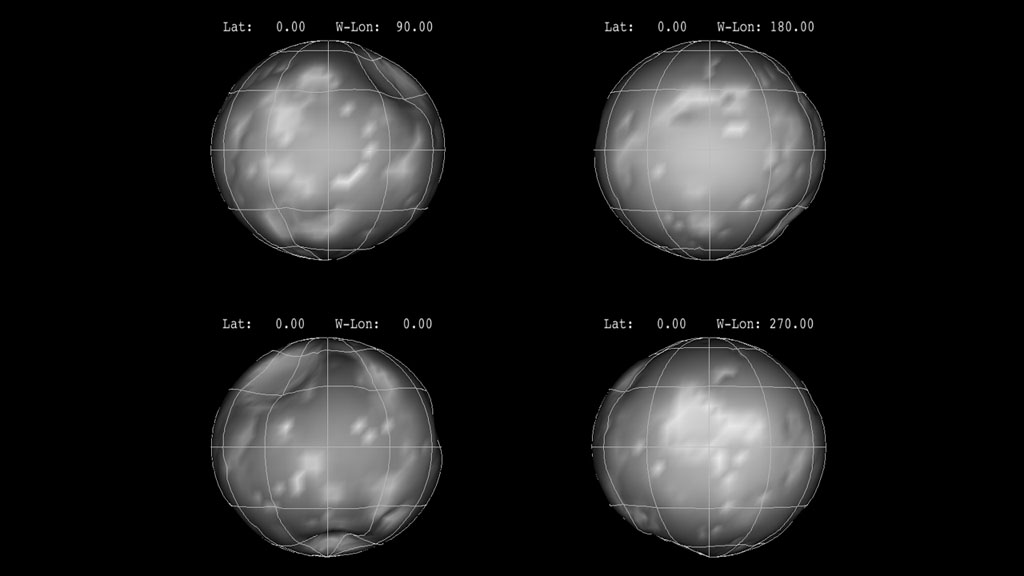
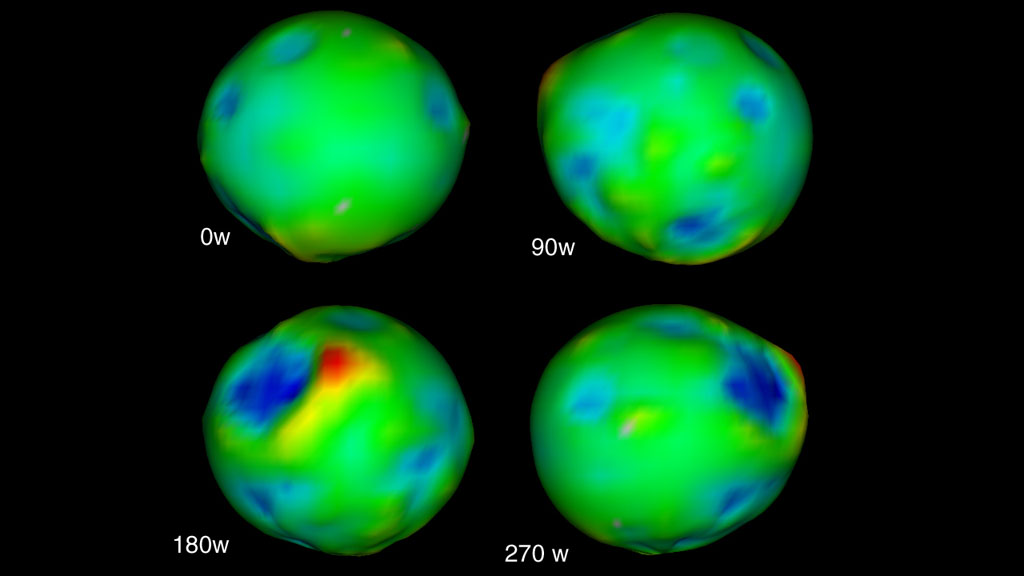
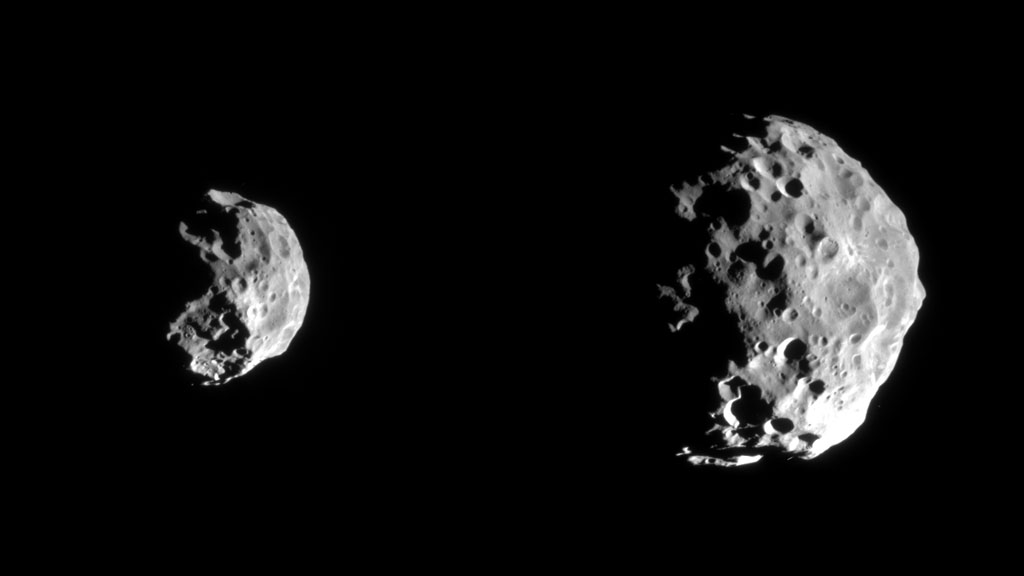
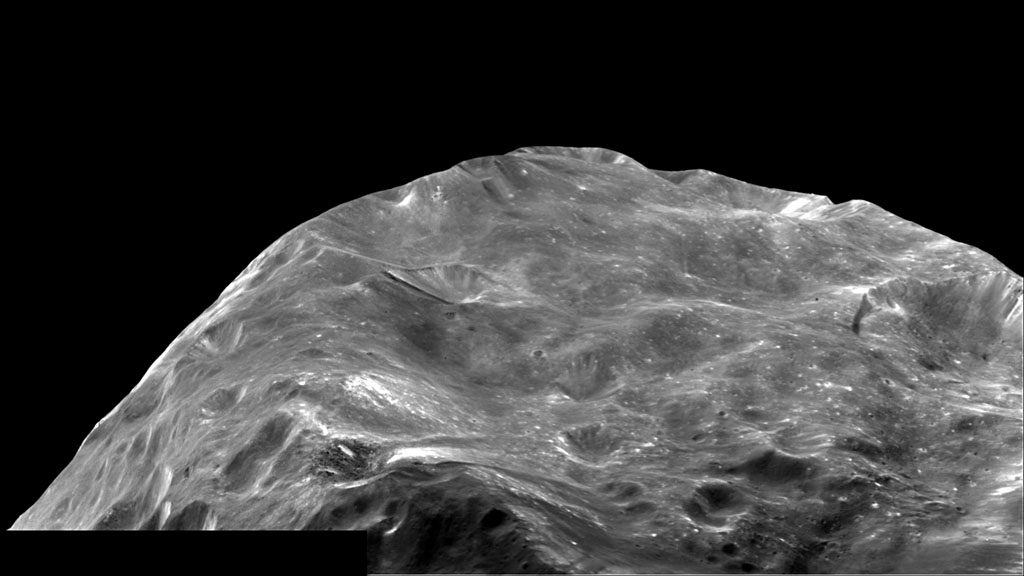
Stuck In Neverland





Related Story
Story Credits
Please give credit for this item to:
Science@NASA and NASA's Goddard Space Flight Center
Phoebe images courtesy of NASA/JPL-Caltech/Space Science Institute
Cassini image courtesy of NASA/JPL-Caltech/SSI/Cornel
Science@NASA and NASA's Goddard Space Flight Center
Phoebe images courtesy of NASA/JPL-Caltech/Space Science Institute
Cassini image courtesy of NASA/JPL-Caltech/SSI/Cornel
Short URL to share this page:
https://svs.gsfc.nasa.gov/11060
Keywords:
SVS >> App
NASA Science >> Planets and Moons
https://svs.gsfc.nasa.gov/11060
Keywords:
SVS >> App
NASA Science >> Planets and Moons
